The concept of dinosaur longevity remains one of paleontology’s most fascinating puzzles. Unlike mammals, which generally follow predictable lifespans correlated with size, dinosaurs present a complex picture of growth patterns and survival strategies that continue to challenge scientific understanding. From the massive sauropods that may have lived for centuries to the smaller theropods with potentially shorter but equally intriguing lifespans, the question of how long dinosaurs lived opens windows into prehistoric ecosystems and evolutionary adaptations. This article explores what we know—and what remains mysterious—about the longest-lived dinosaurs that once ruled our planet.
Understanding Dinosaur Longevity: Challenges in Determination

Determining how long dinosaurs lived presents unique challenges that paleontologists have struggled with for generations. Unlike modern animals that can be observed throughout their life cycles, dinosaurs left behind only fragmentary evidence in the form of fossilized bones. Scientists must rely on indirect methods such as growth ring analysis in bones (similar to tree rings), bone microstructure examination, and comparative studies with modern reptiles and birds. These techniques have improved dramatically in recent decades, with advanced imaging technologies and statistical modeling providing new insights. However, the incomplete fossil record means that many estimates remain speculative, with potential lifespans varying by decades or even centuries depending on the analytical methods used and the completeness of specimens studied.
Sauropods: The Ancient Giants

Sauropods—the long-necked, massive plant-eaters—likely rank among the longest-lived dinosaurs that ever walked the Earth. Current research suggests that giants like Diplodocus and Apatosaurus may have lived between 70-80 years, while larger species such as Argentinosaurus possibly survived for over a century. Their extraordinary longevity appears linked to their enormous size, which protected adults from predation, and their relatively slow metabolic rates. Growth ring studies in sauropod bones indicate that these animals experienced rapid growth in their early years before reaching a plateau as adults, a pattern that supports extended lifespans. Their continued growth throughout life, albeit at decreasing rates, represents an evolutionary strategy markedly different from mammals, which typically stop growing once adulthood is reached.
Tyrannosaurus Rex: Longevity of the Tyrant King

Tyrannosaurus rex, despite its fearsome reputation as an apex predator, had a surprisingly modest lifespan compared to the giant sauropods. Careful examination of growth lines in T. rex fossils suggests these iconic theropods typically lived 25-30 years in the wild. The most famous T. rex specimen, “Sue,” is estimated to have been approximately 28 years old at death, making her the oldest known T. rex individual discovered to date. Interestingly, T. rex exhibited extremely rapid growth during adolescence, gaining up to 1,700 pounds annually during its teenage years before reaching sexual maturity around age 20. This growth pattern—fast early development followed by a relatively short adult phase—contrasts sharply with the slower, more extended growth patterns seen in long-lived sauropods and reflects different evolutionary strategies within dinosaur lineages.
Hadrosaurs: The Duck-Billed Dinosaurs’ Life Trajectory

Hadrosaurs, the common duck-billed dinosaurs that populated many Late Cretaceous ecosystems, typically lived shorter lives than their larger contemporaries. Studies of bone microstructure in specimens like Maiasaura suggest most individuals reached maturity around 7-8 years of age and lived approximately 15-20 years total. This relatively quick life cycle made evolutionary sense for hadrosaurs, as they occupied a middle tier in the dinosaur ecosystem—large enough to reach impressive sizes but still vulnerable to predation from larger theropods. Interestingly, hadrosaur nesting grounds discovered in Montana reveal high juvenile mortality rates, suggesting these dinosaurs compensated for shorter individual lifespans with prodigious reproductive output. Some nesting sites contain thousands of eggs, indicating that hadrosaurs embraced a reproductive strategy focused on quantity rather than investing extensive parental care in fewer offspring.
Triceratops: Longevity of the Three-Horned Face

Triceratops, with its distinctive three-horned face and protective frill, presents an interesting case study in dinosaur longevity. Recent histological studies examining bone microstructure suggest Triceratops typically lived between 25-30 years, making them moderate-lived dinosaurs. Their growth pattern shows they reached sexual maturity around 15 years of age, when their iconic frills and horns became fully developed. Researchers have discovered that Triceratops horns and frills continued changing shape throughout their lives, creating challenges for taxonomic classification but providing valuable insights into their development. Interestingly, very few juvenile Triceratops fossils have been discovered, suggesting either that young individuals inhabited different environments than adults or that preservation biases have affected the fossil record for this iconic species.
Ankylosaurs: Armored for the Long Haul

The heavily armored ankylosaurs, famous for their tank-like body covering and, in some cases, tail clubs, appear to have lived moderate to long lives by dinosaur standards. Current estimates place their typical lifespan at approximately 20-30 years based on bone histology studies. Their prodigious armor development required significant time and energy investment, suggesting evolutionary pressure favored individuals who could survive long enough to benefit from this extensive defensive adaptation. Growth ring analysis indicates ankylosaurs grew relatively slowly compared to many other dinosaur groups, with armor plates developing gradually throughout their lives. This slow growth strategy parallels that seen in modern turtles and crocodilians, whose protective adaptations similarly develop over extended periods and correlate with longer lifespans relative to their size.
Stegosaurs: Plates and Longevity
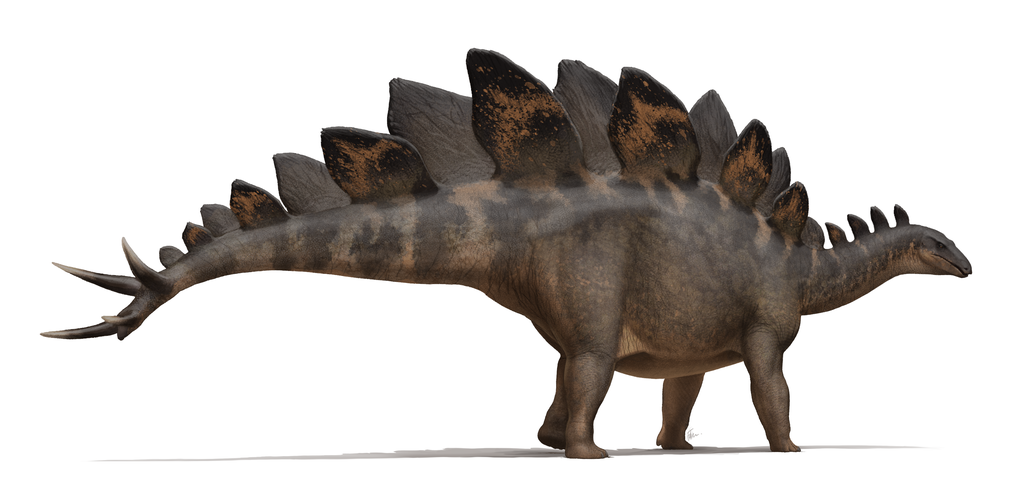
Stegosaurs, with their distinctive dorsal plates and tail spikes, represent a fascinating case study in dinosaur longevity. Based on bone histology and growth ring analysis, paleontologists estimate that stegosaurs like the iconic Stegosaurus typically lived 15-25 years in the wild. Studies of Stegosaurus specimens show they experienced rapid growth during their juvenile phase before slowing dramatically upon reaching sexual maturity around age 10. The elaborate plates along their backs, once thought to develop early in life, now appear to have reached their full size and distinctive shape only in mature individuals. This delayed development of their most recognizable feature suggests stegosaurs invested considerable resources in these structures over time, indicating their importance for either thermoregulation, display, or defense—functions that would benefit longer-lived individuals.
Velociraptors and Small Theropods: Fast Lives
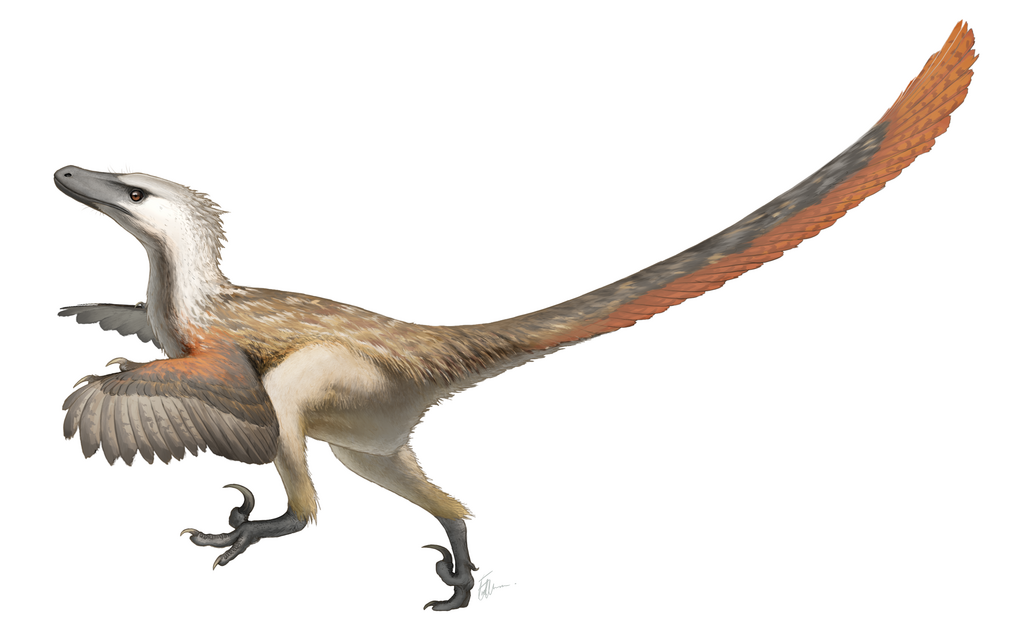
Smaller theropods like Velociraptor appear to have had relatively short lifespans compared to their larger dinosaur contemporaries. Current research suggests these agile predators typically lived 15-20 years, with sexual maturity reached by age 3-4. This accelerated life history resembles patterns seen in modern birds (their direct descendants) rather than larger reptiles. Velociraptor and its relatives exhibited extremely rapid early growth, achieving nearly adult size within their first few years of life. Their relatively brief lifespans align with ecological expectations for their niche as mid-sized predators facing competition and occasional predation from larger theropods. Paleontologists have noted that smaller theropods show fewer signs of healing injuries than larger dinosaurs, potentially indicating lower survival rates following traumatic encounters.
Titanosaurs: Potential Centenarians

Titanosaurs, the largest land animals ever to walk the Earth, may have been among the longest-lived dinosaurs of all time. Fossils of massive titanosaurs like Argentinosaurus and Patagotitan suggest potential lifespans exceeding 100 years based on extrapolations from bone growth patterns. Their enormous size—with some species reaching estimated weights of 70 tons or more—provided virtually complete protection from predation as adults, removing a major mortality factor. Growth ring analysis indicates titanosaurs experienced extremely rapid growth in their first decade of life, adding several tons annually, before transitioning to slower growth for the remainder of their lives. Intriguingly, some titanosaur fossils show signs of healed injuries and age-related bone conditions, providing tangible evidence of individuals that survived into advanced age despite the physical challenges posed by their enormous size.
Avian Dinosaurs: The Survivors
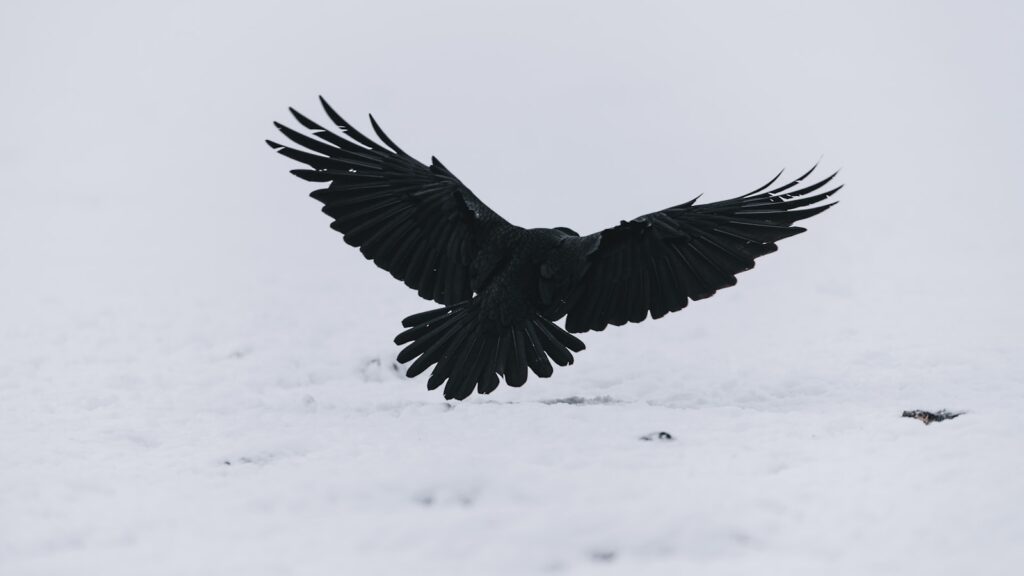
Birds, as the living descendants of theropod dinosaurs, provide crucial insights into dinosaur longevity patterns that have persisted to the present day. Modern birds display remarkable variety in their lifespans, from hummingbirds living just 3-5 years to certain large species like albatrosses potentially surviving over 60 years. This variation suggests similar diversity likely existed among their dinosaur ancestors. Interestingly, the relationship between body size and longevity in birds differs significantly from mammals—many bird species live much longer than mammals of comparable size. This pattern may have roots in the metabolic adaptations and growth strategies evolved by their dinosaur ancestors. The exceptional longevity of some modern birds, combined with their relatively small size, hints that factors beyond simple body mass influenced dinosaur lifespans in ways scientists are still working to understand.
Growth Rings: Reading Dinosaur Life Histories
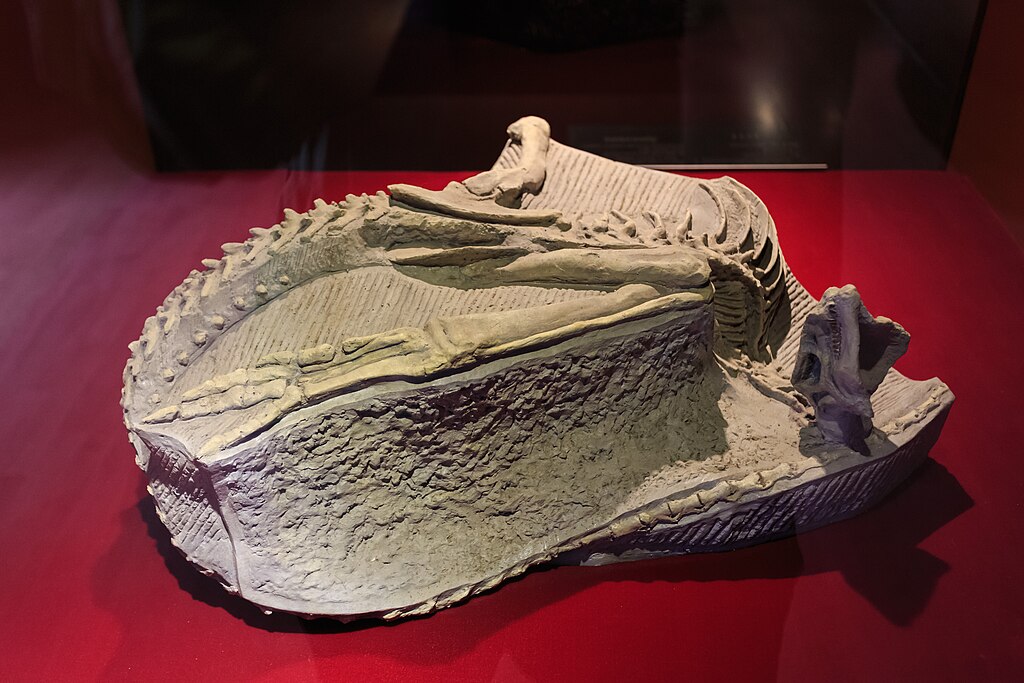
Growth rings in dinosaur bones, technically called lines of arrested growth (LAGs), function similarly to tree rings and represent one of paleontologists’ most valuable tools for determining dinosaur longevity. These microscopic lines form annually during periods of slowed growth, typically corresponding to seasonal resource scarcity. By counting these rings in fossilized bones, researchers can estimate minimum ages for individual specimens with reasonable accuracy. The technique requires creating thin sections of fossil bones that can be examined under microscopes, a destructive but highly informative process. Beyond simple age counting, the spacing between growth rings reveals crucial information about how quickly dinosaurs grew at different life stages and when they reached sexual maturity. Recent refinements in this methodology have revolutionized understanding of dinosaur life histories, though limitations remain due to bone remodeling that can obscure the earliest growth rings in older specimens.
Metabolism and Longevity: The Warm-Blooded Question
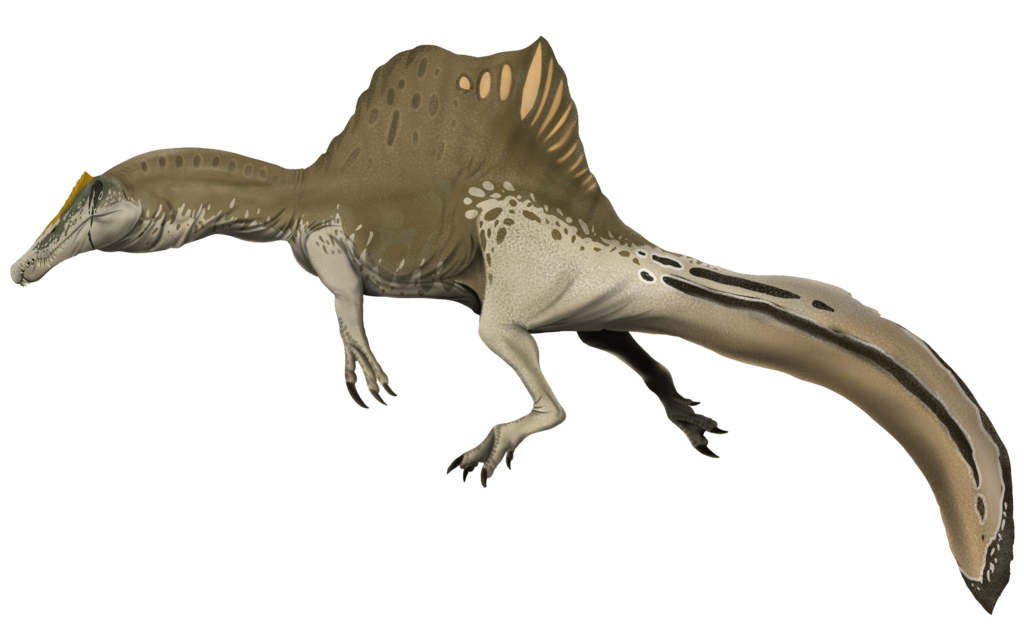
The ongoing debate about dinosaur metabolism directly impacts our understanding of their potential lifespans. Traditionally, cold-blooded reptiles like crocodilians and turtles live significantly longer than warm-blooded mammals of comparable size due to their lower metabolic rates. If most dinosaurs had more reptile-like metabolisms, they may have enjoyed naturally longer lifespans than similarly-sized mammals. However, growing evidence suggests many dinosaur groups maintained elevated body temperatures and more bird-like metabolic rates, particularly among theropods and possibly other groups. This metabolic diversity likely translated to varied longevity patterns across dinosaur lineages. Recent oxygen isotope studies in dinosaur teeth and bone microstructure analyses support a complex picture where different dinosaur groups evolved various metabolic strategies along a continuum from ectothermic to endothermic, rather than falling neatly into “cold-blooded” or “warm-blooded” categories.
Future Research: Cracking the Age Puzzle
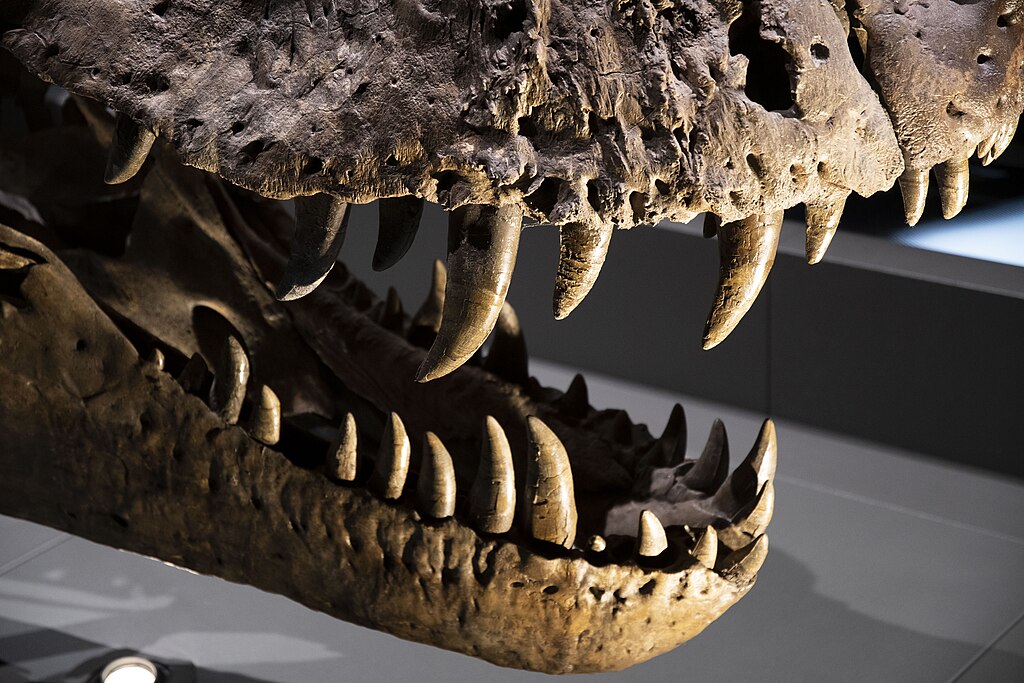
The future of dinosaur longevity research looks exceptionally promising as new technologies and methodological approaches emerge. Advanced imaging techniques like synchrotron microtomography now allow scientists to examine bone microstructure in unprecedented detail without destructive sampling. These methods reveal growth patterns that were previously invisible, providing more accurate age estimates for rare specimens. Geochemical approaches using stable isotopes in fossil teeth and bones offer another frontier, potentially revealing seasonal growth patterns and metabolic information relevant to lifespan estimates. Additionally, sophisticated statistical methods incorporating data from hundreds of specimens are helping researchers build more comprehensive growth models for various dinosaur species. Perhaps most exciting is the potential for future fossil discoveries of exceptionally old individuals or previously unknown species that might dramatically reshape our understanding of how long these magnificent creatures could live.
Conclusion

The question of dinosaur longevity remains partly shrouded in mystery, but scientific advances continue to illuminate this fascinating aspect of prehistoric life. From the potentially century-long lives of massive sauropods to the faster-paced existences of smaller theropods, dinosaurs evolved diverse life history strategies suited to their ecological niches. Modern birds, as living dinosaurs, carry forward some of these ancient patterns in their own remarkable longevity. As research techniques improve and new fossils emerge, our understanding of dinosaur lifespans will undoubtedly continue to evolve, offering ever clearer windows into the lives of Earth’s most magnificent former rulers.



